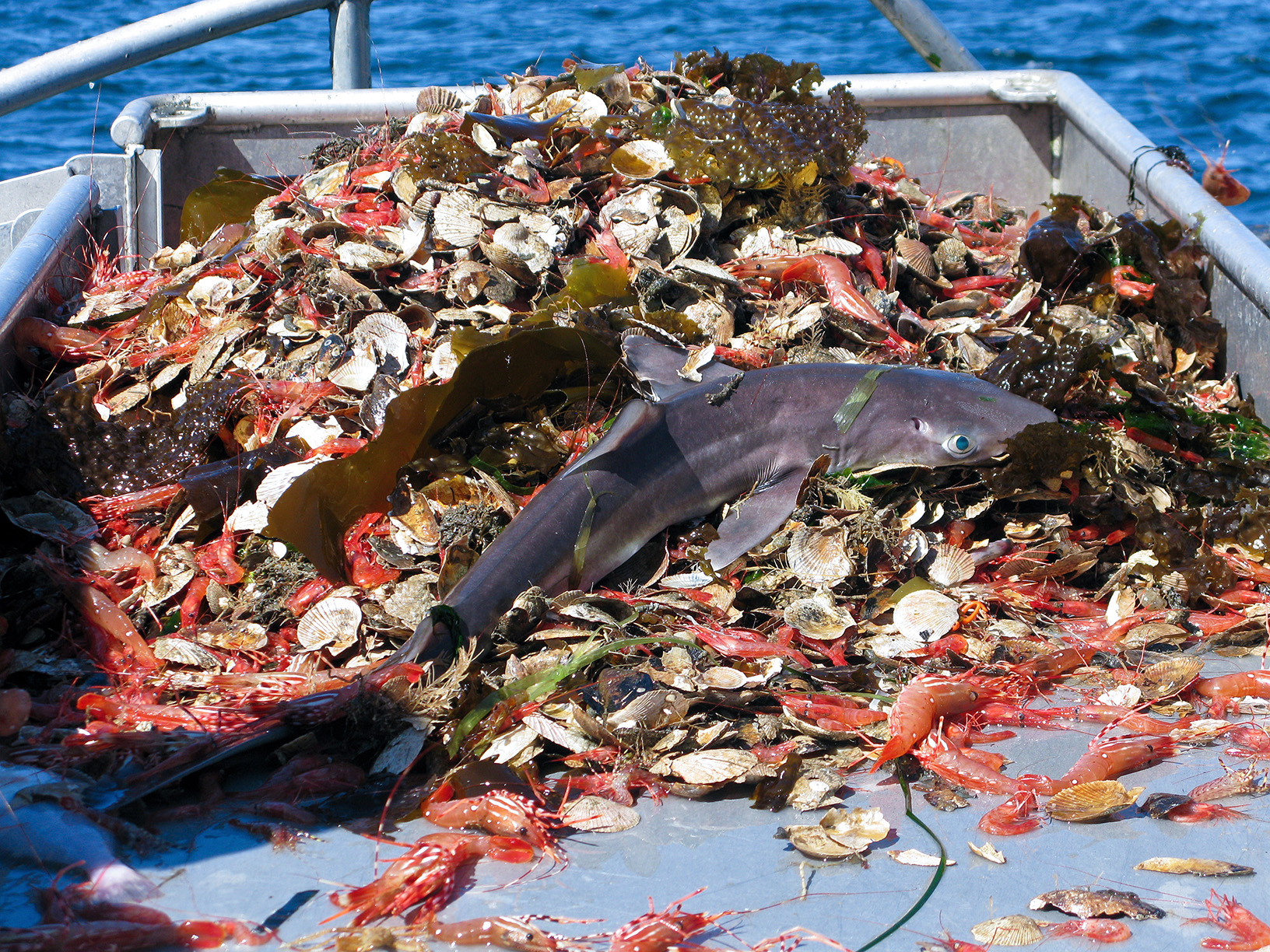The Uri snowstorm gave climate-change doubters ample scope to short-circuit the promise of renewable energy. Without analyzing the real cause behind it.
“Houston, We Have a Problem.”
Thankfully, this was not from Perseverance, the spacecraft just days away from Mars landing. This time, for a change, it was Houston herself being the damsel in distress.
A city that had housed the lifeline for astronauts in NASA’s mission control rooms was suddenly in dire straits with another one of nature’s fury hitting it hard. This megacity, along with many other cities of the mega-state, fell short of their megawatt supply.
Leaving millions of helpless people frozen cold and in complete shock for days in a row.
Uri, the snowstorm swooped down like the Grinch and whisked away the lingering warmth of Valentine’s Day. The excitement of snow-starved kids at crafting their snowman sculptures didn’t help them stay upbeat for long.
The first thrill of the chilly-white morning was short-lived as well. Just like the promise of a well-planned rolling power outage that would last between 15-minutes to an hour or two.
The power infrastructure coupled with the administration’s inexperience in dealing with mercury hobbling at ten degrees Fahrenheit remained completely paralyzed. Just like the large blades of the windmills that stood in limbo like ice sculptures. But that is not the whole story.
The unexpected wind turbine failure was just the tiny part that made to the mast headlines in media around the world, giving all the opportunity to the climate-change naysayers to holler “Told ya!”
Fossil fuel sycophants didn’t waste any time to use this crisis to question the efficacy of the impulsive forces of nature like the sun and the wind that never collaborated with the human folks. Before delving into a probe to understand this historic power failure, even renowned media headlines openly indicated alternative energy as unreliable for emergencies.
The Collateral Damages Were Indicators of a Larger Problem: The unprecedented power problem created many others, taking a toll on material, mindsets, and precious human lives. Houses flooded from busting pipes, sending shockwaves through the communities. Cell towers went dead. People hunkered down without internet, phones, food, and adequate warm clothing. This domino effect of power failure busted all myths around electricity as a commodity.
Days of darkness in the time of social distancing didn’t allow for huddle-power to the people. Millions of Texans struggled to keep themselves alive and comfortable congregating at selected indoor public places, including hospital lobbies.
Even the police are not experienced enough to help. Bringing in experts from elsewhere put other “power” issues that fall outside the scope of this article.
This could go down in history as one of the coldest and the most lingering of the winter rough weathers, testing the nerves, patience, and the ability of the independent power system in the state to grapple with the shortage. More than anything, it busted many myths and assumptions on the confidence this lone state had regarding its self-willed independence.
Hurried Writing-Off of Alternative Energy Was Impulsive: Naysayers of green energy took this chance to call it the scapegoat of this disaster. Texas power had been sourced primarily on fossil fuels, natural gas topping the list.
But the winds of change are blowing, and wind energy has been literally picking up to soar over the others very soon. In a matter of years, about 23 percent of total power comes from the windmills lacing the horizon along the bays and plateaux. The slowly rotating blades took on the icy winds head-on and eventually came to a screeching halt.
But why would an ebb in wind energy which supplies about a fifth of the total production cause a collapse for the entire system, one would ask?
And rightly so. Because the natural gas pipelines also froze in their first-ever cold shock of this level. Solar panels always had had the bad name of acting up until the sun came up crisp and clear. Dumped snow on the panels robbed it of its intent. Will the common man dig in to find out if the unpredictability of green energy was responsible for Texas trauma?
What the critics betrayed through their disapproval of green energy is their own limited knowledge of the grid and its various aspects. Or was it something more that needed to be blamed? The US power industry at the onset of the digital era had figured out a few issues the hard way.
Generating electricity and then transmitting and distributing it, both wholesale and retail is a way more complex affair than one can imagine. Each of these was specialized sectors interwoven intricately to deliver the assurance of getting power with every turn of a switch.
Not only that. New demands of the computerized industrial systems, data computation, and cloud storage compelled them to heavily invest and organize the operations. It’s not child’s play. And definitely not a matter of whims. To understand the Texan power dynamics, we must backtrack some into a flashback to the 1930s.
What failed is the system, not the source of the power: It wasn’t only wind and solar that deserves any more blame than their fossil-fuel cousins. The common man’s ignorance around the commodity we all take for granted.
The Electric Power Research Institute had defined the smart grid in 2011 as the modernization of electrical delivery so it can monitor, protect, and automatically optimize the operation and supply of this commodity all the way to the smallest of consumers.
The reality around the 1930s was far from the finesse required today. The infrastructure that existed back then and even well into the twenty-first century was “not designed to meet the needs of a restructured electrical marketplace… nor the increased use of alternatively sourced power.”
Streetlights cannot afford to go dim anymore if you turn on the computer at home… We cannot put old-time rail wheels on the fast TGV tracks in France or that of the Shinkansen of Japan. Add to it the intricacies of competing companies, their pricing, assessing demand, and creating the physical network needed for the optimum demand and supply.
Yet, we’ve seen the following impulsive judgments on renewable energy future for the world. Critics pointed fingers toward factors that were not entirely responsible to take on the blame:
- The old guards in the power corridors took the chance to make hay and deliberately malign the image of non-fossil-fuel players. The blame game has been a shrewd socio-political strategy to divert the attention of the common folks furthest from the truth.
- Even some politically reactive media chose to quote the fossil fuel fans and levy all blame on wind power, simply because the blades froze up. All other intricacies around electricity were not even mooted for discussion by many whose only interaction with this versatile energy, electricity, is limited to the power switch mounted on their walls. But frozen windmills were not the prime reason to justify the blackout in Texas.
- Stock market plunge for green energy was the other reactionary fallout of the above impulsive judgment call from the die-hard fossil-fuel supporters. This instant impact exposed the impulsive decision-making of the micro-investors who are testing out the waters hearing all the promising visions of greener energy alternatives.
- Hardly any training has been given to the public on surviving during inclement weather such as this. Power demands skyrocket during extreme temperatures
the Lone Star State: It’s only during the massive power failure many Texans, along with the rest of the country and the world, became aware of Texas having an autonomous power system of her own—the only state to have such a privilege in the US.
For that matter, Texas has its share of a few more one-and-only privileges in history. For those who don’t know any bit about Texas history, a few snippets will explain the decisions and attitudes the world brands as Texan pride.
Texas is the second-largest state of the USA after Alaska. And hasn’t size always mattered in history? But what gives the Lone Star state its stately stance is the ten years of being an independent country. Until it decided to join the United States. Texas chose to stay with the Confederation during the Civil War and unified back again with the rest to remain as one of the proud fifty in this federal republic.
As a once-independent country, the nationalistic pride never left the hearts of Texans. So much so, it’s the only state in America with the privilege to fly its Lone Star state flag at the same height as the American flag.
Independence can be addictive, and Texas has exercised it to decide on many matters of governance, refusing to buckle under pressure. Location-wise, it’s been fortunate. Skirted by the Gulf on one side, it’s comfortably sandwiched between Mexico and the rest of the USA. Trading place with Kansas or any of the land-locked states of our federation would have charted a different history for this gigantic state.
The Only State With A Stand-Alone Grid: Around a hundred years ago, electricity emerged as the most promising player in the developed world. Perhaps the next best thing after the California gold rush. When the federal government sought to regulate and plan out a network of supply for this energy on the move, the other 49 states formed two major grids—Eastern US and Western US. Texan power suppliers resisted the idea of unification and remained secluded to this day.
The Eastern and Western power grids almost slice off the continent through the middle.
Texas, being big and strategically position outsefs
It must have given an enormous degree of independence to the power suppliers from the regulatory policies of the federal administration. The tradition continues in spite of the revolutionary changes in demand and supplies the system has experienced. And that is hugely responsible for the gigantic collapse.
Electricity had (and for good reasons) seemed like the magic wand of future development, and the thought of controlling it smacked of power. But every privilege has its price tag. After nearly 80 years of glory, this privilege nearly wiped out the benefits it has enjoyed so far as it denied the safety a national network could bring.
The Caveat Revealed: The dark limitation lurking behind the independence revealed itself in this extreme weather—a heavy price of inconvenience coupled with an intense risk of harm. The hospitals were reeling under the pressure of a power failure, relying on generators and paltry storage. Imagine all life-supporting sophisticated digital systems and monitors operating under such uncertainties. Clearly, that celebrated nimble-footed genie had its drawbacks. It exists at a fleeting moment in real-time, lethal in her bite if handled carelessly, and is hard to tame and store.
The way electricity has evolved to be the most crucial and complex commodity for human civilization. It can claim to be a basic need sharing the platform with air, water, food, shelter, and clothing. In fact, without it, getting access to these life-supporting resources can be a challenge for most Americans. So, it’s going to be increasingly risky to resist a backup supply through a network. If prudence prevails, Texas will rethink its power dynamics to clamp into one of the other two national circuits. Or even better, after what happened this February, a federal decision might consolidate the entire nation’s power under one administration.
The era of stand-alone technology is gone. An entire state cannot prudently dare to be “off-the-other-grids” to assert its own autonomy and profit-making. Without collaboration, these highly sensitive humongous systems cannot afford the luxury of uncertainty. Interdependence is the only shock-absorber. It’s a small premium to ensure the safety of the people above all else.
Dangers of Deregulating Electricity in the Era of the Smart Grids: If independence from federal control was the core reason for Texas to refuse to join the two other mega networks that join the 49 states, this month’s experience has been sobering enough. What could work in the 1930s in the given infrastructure is gone.
When the coffee machine was plugged in, it was acceptable for the street lights to dim. Now with the sensitive digital machinery and artificial intelligence in communication, transportation, medical and banking system, and whatnot, even a slight flickering in supply can throw a system out of whack.
Tall Expectations of Harvesting Quick Benefits Off of Steep Investments: Refurbishing any old system and smartening it up for the modern needs is a big-buck venture. It requires a complete overhaul—quite like a revolution. And that’s when the investors were expecting a magical ROI from their steep investment in wind energy, their value for money quickly fulfilling all production goals and digital promises.
This is precisely what has gone wrong in the reaction and identifying the core reasons for the grid collapse. What the investors had assumed to be a panacea turned out to be a little muddled up.
Rome wasn’t built in a day. Nor do humans or fruit-bearing orchards. Expecting long-term investments to bear fruit in a short time window is like expecting a child to be a prodigy three months after listening to the Baby Einstein music CDs. Not so quick to expect, not so quick to judge would be the ideal protocol.
The Whole Truth Behind the Disappointment: It was a kind of cold that Texas hadn’t invested in combatting. No blaming that. An entire state cannot possibly prepare for all the strange weather patterns knocking on its door. Without getting into any climate debate, we can all unanimously agree on the fact that regardless of the root cause, these monstrous storms don’t spare anyone along their arc of disaster.
The cold bite didn’t spare the natural gas lines. If wind turbines stood like ice-sculpted mannequins, the gas lines resembled Christmas icicle string lights. If this mercury dip doesn’t get to repeat itself soon, it’ll be hard to justify the special winterizing budget. That too only to preserve the status quo of an independent power grid.
Even as the fossil-fuel champions booed the windmill failure, the disappointment lay elsewhere and largely overlooked. Truth be told, the amount of investment it needs to install alternative power sources seems way too steep compared to the amount of power it guaranteed at all times. In layman’s terms, the pinch of the high upfront investment to get things rolling hadn’t reciprocated with the instant gratification of peak performance and hence, profit.
Are the critics ready to accept these power sources will eventually slow down the GHG (greenhouse gases—primarily carbon dioxide and methane) accumulation? That fulfilling the Paris Protocol’s vision and responsibility are a test of patience during the transition towards a greener future? The stage is set for wind and solar to take the lead in 2021 with the federal government rolling out a plan. This Texan jolt of the joules will be a learning lesson for opening doors to collaboration and in integrating all aspects of power generation and distribution.
Time for the old guards to step back. Done are the days of the dons. One for all and all for one is the mantra of survival. Just as much for technology as for the humans in all settings. Even when Texas seems to have the power it projects to need in normal conditions, an unsupported system can be as vulnerable as a candle in the wind.
Herd Instinct is a Wise Strategy of Survival: You get what you pay for, they say. Electricity doesn’t have the ability to pause and wait for inclement weather. Like Aladin’s lamp-genie, it has to either work or leave. Hence the grid helps to siphon the excess to areas of shortage. We cannot store it in individual businesses and households for the rainy days and snow days. Batteries are a poor replica of a water tank and haven’t proved to be a panacea for all shortfalls. Water is more obedient and storable (at least in moderate quantities).
The state of emergency in Texas will remain as a glaring example where a clear lack of mutual dependence can spell doom in block capitals. There is no substitute for electricity. Our extent of dependence on it is comparable to the blood flowing in our veins. Its failure sets off the domino effect on internet access, mobile signal tower operations, water filtration and supply, transportation system and fuel supply, security system operations, food preservation, and pretty much everything else that runs the urban world.
It’s time for the experts to admit that preparedness for the impossible may be a safe investment for the future. Just like the rising possibilities for renewable sources of energy. Wind, solar, geothermal, biofuels, and tidal—some of the top green sources—are here to stay. Fossil-fuel champions can cry themselves hoarse. But these will not be shown the door. Move over, natural gas, 2021 has big plans to project the greens into the circuits.








0 Comments